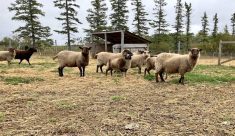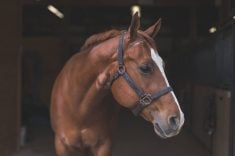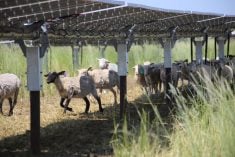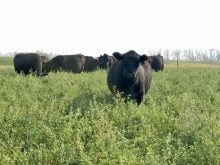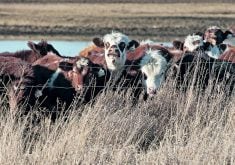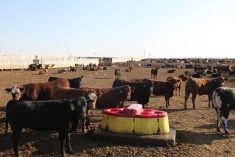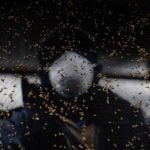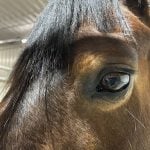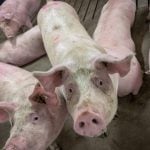Taking the stress out of weaning has its benefits for the calf and the producer. For successful winter weaning, here are a few tips that you can choose from for your particular operation.
Perhaps the most important practice in weaning is to take into account familiarity. The calves will settle quicker in a system in which they are already familiar. If possible, a few weeks before weaning, open gates to the area, pen or paddock that the calves will be weaned into. Let them walk around with their mothers and become familiar with the setting. This is especially important when switching sources of water. If a calf has never seen a water bowl, it will be leery of approaching, regardless of how thirsty it may be.
Read Also
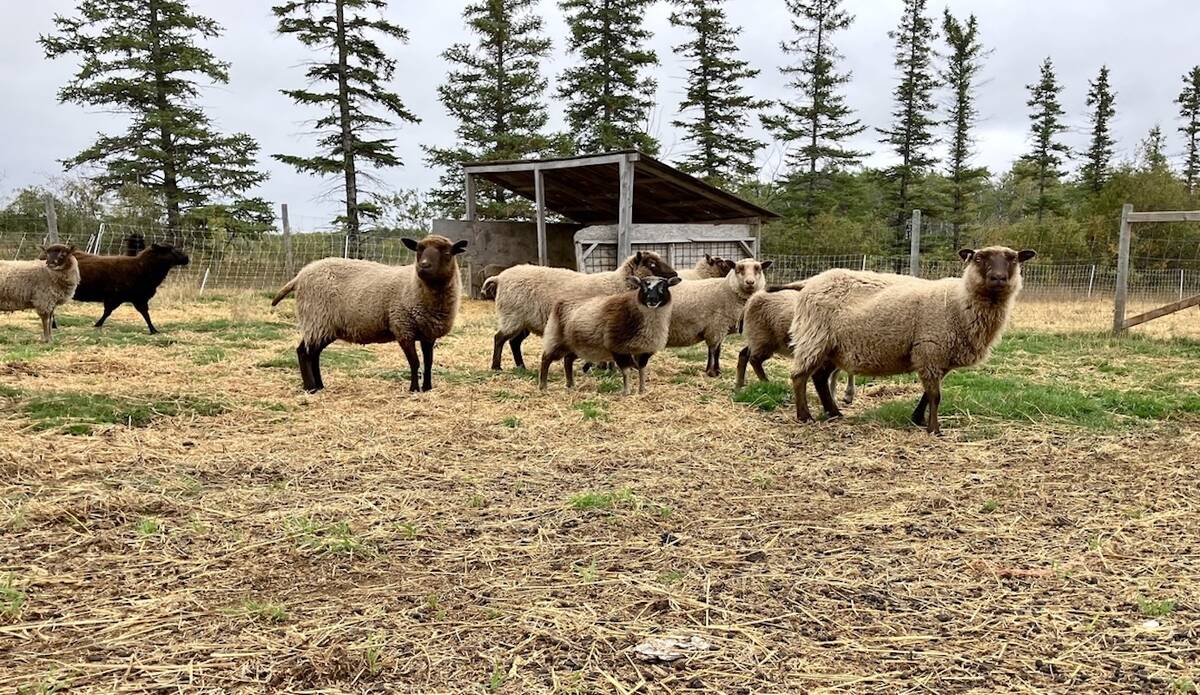
Mosquito-borne virus could be devastating to sheep breeding operations
Cache Valley virus, a mosquito-borne disease that infects small ruminants, could be a devastating hit to small operations.
Switching from grazing to a bunk can be confusing for the calf. The feed and the delivery of the feed is so very different than eating grass. To help the calf focus after he is taken from his mother, feed on the ground for a few days. The calves will be in their natural position of having the head down and this will aid in rumen activity.
Calves, like all living creatures, will gravitate to something comfortable. You could use lead steers, well-broke horses, dry cows and even tree stumps as a surrogate friend in the pen. The calves will gather to the figure as they would to their mothers. It gives them something to do and provides a central focus which keeps them from continuing to circle the pen.
If the surrogate is trained to the pen then it will also lead the calves to water and salt, allow them to snuggle up and keep their focus off the fencelines. We have used this successfully in both the cow-calf setting and in feedlot pens.
Feed
Supply plenty of salt in different locations throughout the pen. Again, this gives the calf something to do and keeps them from wearing a path on the perimeter of the fence. Enter the pen slowly and quietly and even in the feedlot setting, create a need for the calf so that it has to come from you. That is why it may be preferable to lay the feed on the ground for a few days rather than in a bale feeder. Putting the feed out on the ground is better for the calf and creates a sense of dependency. Moving the feed to the bunk or bale feeder after feeding on the ground for a few days is easier for the calf.
When feeding with a bale feeder it is best to move the feeder every couple of feedings. This distributes the manure and prevents a pileup of waste. When a bale feeder is located in paddocks, moving the feeder also fertilizes the land and results in excellent grass the following year. It is always preferable to feed cows and calves on the ground, moving the feeding location every feeding or every couple of days.
Space
Calves weaned into pens or corrals need ample space. Bedding is not as important as space. The calves need to breathe and bawl without the risk of close encounter disease transfer. They won’t be lying around much the first few days anyway, so plenty of clean space is just the ticket. Then, after they are settled on feed one can introduce bedding. If bedding is brought in too soon the calves will tinker with it, eating straw-based bedding and getting wood-based bedding stuck in their mouths.
Wean for at least 30 days before selling a calf. From a health perspective, the calf needs 21 days. From a selling perspective calves are not yet “hardened” and are likely still much lighter than they are capable of being. From a buyer’s perspective it is a health nightmare to buy a calf weaned under 21 days and the calf is what we call “full of fill.” It is truly best for the calf to be sold from the mother after 21 or more days. Anything in between can be fatal in the long run for the calf.
And finally, every pharmaceutical company has a protocol that allows its vaccination program to succeed. Follow the recommended dosage and times as outlined by the product labels. Preferably, calves should at least have their first vaccination three weeks prior to weaning.
Brenda Schoepp is a market analyst and the owner and author of Beeflink, a national beef cattle market newsletter. A professional speaker and industry market and research consultant, she ranches near Rimbey, Alberta.[email protected]
———
From a selling perspective calves are not yet “hardened” and are likely still much lighter than they are capable of being.



